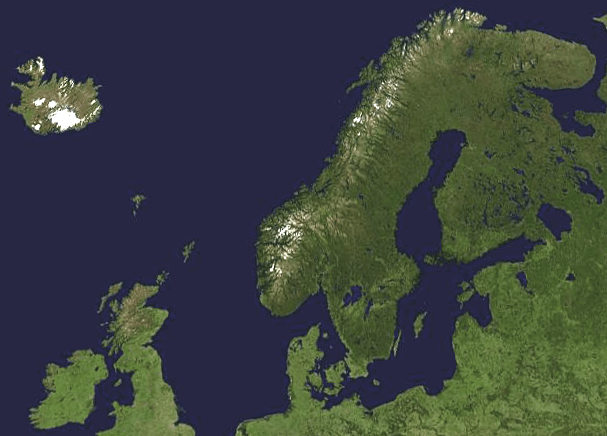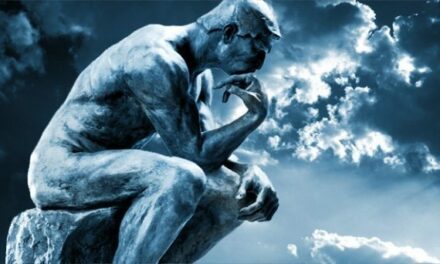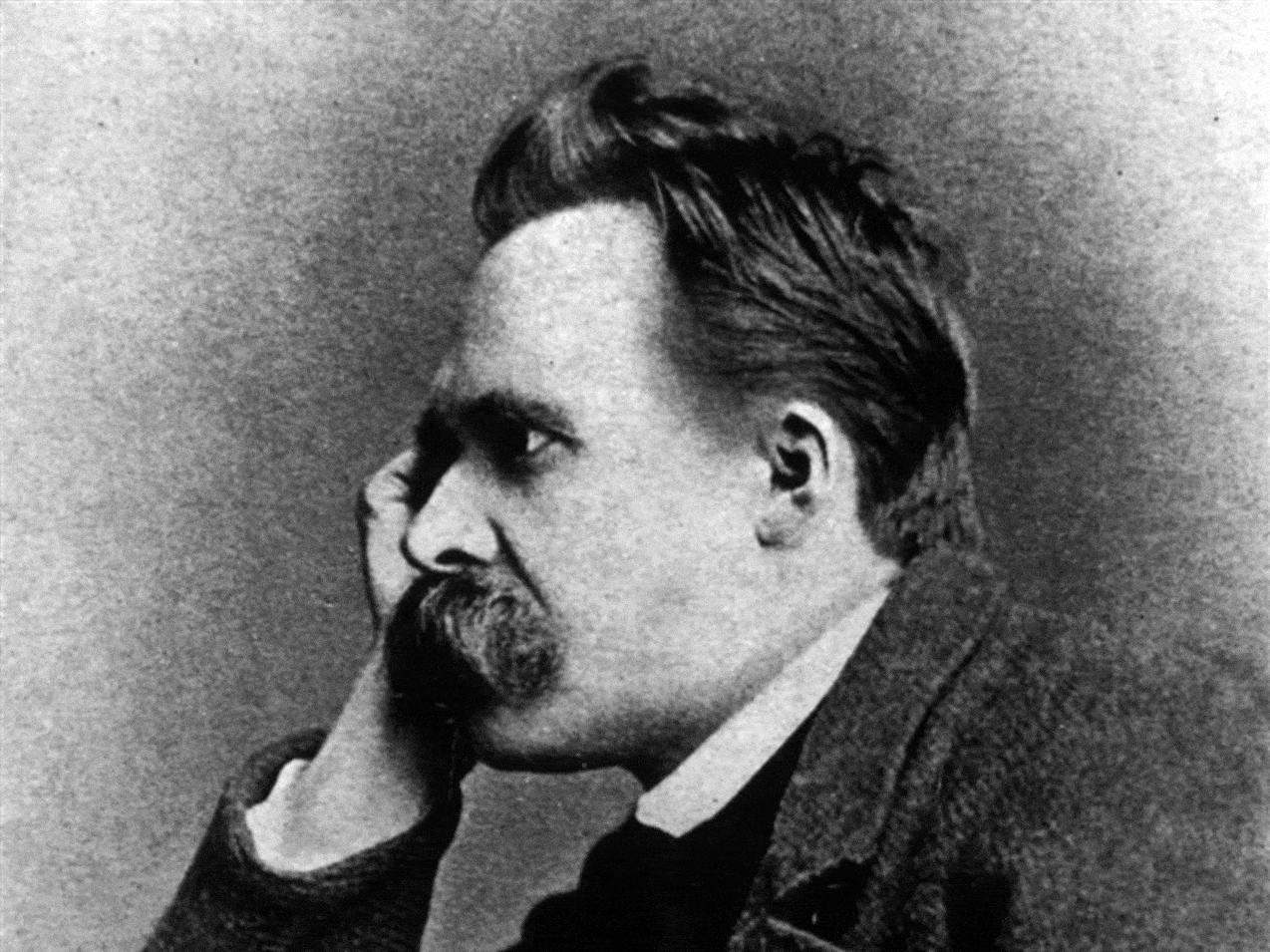This 130th episode is titled Up North, Then South.
This is the last episode in which we take a look at The Church in Europe following the Enlightenment. The narrative is nowhere near exhausTIVE. It’s more an exhaustING summary of Scandinavia, the Dutch United Provinces, Austria, and Italy. We’ve already looked at Germany, France, and Spain.
The end of the 17th century proved to be a brutal time in Scandinavia. Some 60% of the population died from 1695-7 due to warfare and the disease and famine of its aftermath. As if they hadn’t had enough misery, the Great Northern War of 1700–1721 then followed. In the desperation of the times, Lutherans provide devotionals offering hope and comfort, while calling for prayer and repentance.
Along with northern Germany — Denmark, Norway, Sweden, and Finland were Lutheran strongholds. Citizens were required to swear loyalty to a Lutheran State Church in league with absolutist monarchs.
But during the Great Northern War, Swedish King Charles XII suffered a massive defeat by the Russian armies of Peter the Great. Sweden lost large tracts of land and the throne lost clout with the people. A so-called “Age of Liberty” followed that lasted most of the rest of the 18th century. The Swedish Parliament gained power and reformers gave a rationalist slant to Swedish education. They battled with Lutheran clergy who wanted to retain some theology in the education of Sweden’s young.
Many returning captured Swedes imprisoned in Russia, had converted to Pietism by missionaries sent by Francke and the University at Halle we talked about last time. The soldiers became advocates for Pietism back home. Moravians also promoted revivals in Scandinavia.
After a grab for power in 1772, Gustavus III nullified the Swedish Constitution restraining the reach of royal power. He imposed a new Constitution designed to reinforce Lutheranism as the basis of government. He said, “Unanimity in religion, and the true divine worship, is the surest basis of a lawful, concordant, and stable government.” But in 1781, limited toleration came to Sweden when other Protestant groups were once again allowed. Catholicism, however, remained banned.
From 1609, when the Dutch won their liberty from Spain, until Louis XIVth’s invasion in 1672, the Dutch United Provinces had its “Golden Age” and enjoyed what Simon Schama called an “embarrassment of riches.” This was due mostly to their lucrative international trade and free market economy. The Dutch eschewed the traditional monarchy dominating the rest of Europe in favor of a far more egalitarian Parliamentary system.
Amsterdam was a thriving commercial and cultural center. Its population more than doubled from 1600 to 1800. Amsterdam’s docks were always packed. Its warehouses stuffed with goods from all over the world and the trade of the massive and powerful Dutch East India Company. From its earliest days, this trading enterprise supported Reformed missionary work at posts in the Malay Archipelago, Sri Lanka, and South Africa. In July 1625, Dutch traders established New Amsterdam, later known as New York City.
The United Provinces were intellectual a religious crossroads for Europe through its universities, publishing houses, and churches. Protestant students from Germany, Finland, and France flocked there to study at the University of Leiden and other schools.
The main task of the faculty at the University of Leiden was the study of Scriptures. Its chief professor was Joseph Scaliger whose knowledge of the classics and biblical textual criticism made him one of Europe’s premier scholars. Others notable scholars were scholars included Arminius and Gomarus.
As many of our listeners know, the 17th century was the Dutch golden age of art. Thousands of painters created millions of paintings with scenes ranging from battles and landscapes, to churches, still life, and portraits. Among the more famous masters were Rembrandt, Frans Hal, and Vermeer. But by the 18th century, the quality of Dutch art had somewhat fallen.
The Dutch Reformed Church affirmed the 1561 Belgic Confession of Faith. It addressed topics ranging from the Trinity, the work of Christ, and the sacraments, to Church-State relations. Although the Reformed Church was the “official” faith, the United Provinces were known for their toleration of other groups. That didn’t mean there weren’t heated theological rows. Two parties emerged in the Dutch Reformed Church: the “precise” Calvinists who wanted churches to possess binding doctrinal authority, and the “loose or moderate” Calvinists who desired greater freedom of religious thought.
The Dutch Provinces often served as a haven for those seeking relief from persecution in other parts of Europe. Amsterdam was a notable home to a large Jewish community. Some 70,000 French Huguenots took refuge there and married into the populace. An Anabaptist community flourished. Religious dissidents like Baruch Spinoza and Anthony Collins, an exile from England, weren’t much respected but they were at least not beat up.
Many Europeans admired the Dutch Republic for its successful war of liberation from the Spanish, its egalitarian government, as well as its vital free market economy. By 1675, there were fifty-five printing presses and 200 booksellers in Amsterdam, adding to the burgeoning base of middle-class scholars.
During the 18th century, the Dutch, while continuing to be officially Reformed, saw an increase in the number of those they’d been less tolerant toward; namely=Catholics, Dissenters, and Jews. Revivals frequently passed through more rural domains. In 1749 and 50, emotionally-charged revival meetings took place with the ministry of Gerard Kuypers. Villages in the Netherlands and nearby Germany experienced similar revivals.
In a foreshadowing of Intelligent Design and the fine-tuning of the universe arguments, a number of Dutch theologian-scientists wrote works in which they sought to demonstrate that the intricacy of designs in nature prove God’s existence. Until the 1770s, the Reformed Church played a dominant role in Dutch public life. Some 60% of the population was Reformed, 35% Catholic, 5% percent Anabaptists and Jews.
There really never was a Dutch version of the Enlightenment. Most of its participants never espoused a militant atheism, but sought to accommodate their faith to educational reforms and religious toleration. They appreciated the new science and advances in technology.
Now we turn back to Geneva; adopted home of John Calvin.
During the early 1750s, Geneva was the home of both Voltaire and Rousseau, well-known Enlightenment thinkers and scoffers at Christianity.
Several of Geneva’s pastors proposed a reasonable and tolerant form of Christianity that warmed to some of the more liberal Enlightenment ideas. This was a huge turn from the position of Francis Turretin who in the mid-17th century, led the Reformed and conservative theologians of Geneva to the idea that the City was a theocracy with God as its ruler. Turretin said the government ought defend “the culture of pure religion and the pious care of nurturing the church.” Turretin’s party defended the Masoretic pointing of the Hebrew text, making this belief binding on the Swiss church. These pastors feared if Hebrew vowels were left out, the Hebrew words of the Old Testament were susceptible to interpretations that varied from those they approved. They also tried to force pastoral candidates to repudiate the doctrine of “universal grace” being championed by an emerging class of theologians.
But in 1706 Turretin’s son, Jean, repudiated his father’s work and embraced a more liberal theology that advocated the role of reason in determining truth. He denied his father’s soteriology, doctrine of salvation, and eschewed limited atonement. By the 1720s, Arminianism had taken firm root in Geneva.
In Feb, 1670, the Hapsburg, Leopold I, Holy Roman Emperor and a devout Roman Catholic, ordered all Jews to leave Austrian lands. Vienna became a major center of cultural. After the defeat of the Turks, it’s population boomed, growing from about 100K in 1700 to twice that 80 years later. The construction of the Schwarzenberg and Schönberg Palaces enhanced its prestige while the music of Haydn and Mozart made Vienna famous across Europe.
The Hapsburg Emperors Joseph I and Charles VI supported Jesuit missionary efforts to convert Protestants. Jesuits created a baroque Catholic culture in Austria and Bohemia with the construction of magnificent churches in cities and the countryside.
Though loyally Catholic, the Hapsburgs rejected the pope’s interference in Austria’s religious and political life. They’d proven their devotion to Rome when in 1683, Leopold saved The Church from the Turks. Austria was the “rock” on which the Catholic Church was built. It was the Hapsburgs who saved the faith form the infidel, not the pope.
In October of 1740, at the death of her father, Maria Theresa took the titles Archduchess of Austria, Queen of Bohemia, and Queen of Hungary. In 1745, her husband, Francis Stephen, became the Holy Roman Emperor under the name Francis I. Disturbed by the Prussian Frederick II’s seizure of Silesia, Maria Theresa attempted to reform the military and governmental structures of Austria after Enlightenment ideals. She became the proponent of what’s called “Enlightened Absolutism.” At the same time, she was ready to apply repressive measures against those who resisted her reforms. On one occasion she warned that he is “no friend to humanity who allows everyone his own thoughts.”
Maria Theresa was a devout Catholic influenced by counselors favorable to Jansenism. With the advice of her chancellor, she tried to establish a national Catholic Church in which the pope had authority only in spiritual matters.
Maria Theresa did not allow Protestants to sell their property or leave her lands. She required those who refused to convert to Catholicism to emigrate to Transylvania, where Protestantism was permitted. Nor did Maria Theresa intercede to save the Jesuits when their society was dissolved. She allowed 2000 Protestants to live in Vienna, but she forced the city’s Jews to live in a ghetto.
Upon the death of Maria Theresa, Joseph II passed Edicts of Toleration that allowed greater freedoms for non-Catholics and continued the policy of subjugating Church power to that of the State. He confiscated the property of over 700 monasteries, displacing 27,000 monks and nuns and used the proceeds to build new churches.
Like Germany, during the 18th century, Italy didn’t exist as a nation as we know it. It was a hodge-podge of various principalities. They didn’t even share a common language.
The population of the peninsula grew from eleven to fifteen million in the first half of the century. But in the 1760’s a severe famine struck Florence, Rome, and Naples.
The region of Tuscany was a hot-bed of the Jansenists who, as you’ll remember, were a kind of Calvinist-Catholics.
A handful of Italian academics promoted rationalist views in the Catholic church, eliminating what they regarded as backward features of Italian culture. But the Enlightenment just didn’t gain the traction in Italy it did in the rest of Europe.
The popes of the 18th century had difficulty dealing with the now powerful secular rulers of Europe, no longer threatened by Church power or political machinations.
Even the Papal States were frequently invaded by foreign powers. Conquerors only left after they’d secured hefty ransoms. Popes were forced to make concessions that made their weakness evident to all. Despite that, Rome continued to attract large numbers of pilgrims, students, and artists. Pilgrims hoped for a blessing from the Pope or a healing while visiting the many shrines.
Then there were the youth on the Grand Tour, as it was called. They were most often graduates of Cambridge, Oxford, the University of Paris or some other school who headed to Italy to gain knowledge in classical culture. In 1776, Samuel Johnson underscored the importance of Italy as a destination for those making the Grand Tour: “A man who has not been in Italy, is always conscious of an inferiority. The grand object of traveling is to see the shores of the Mediterranean. On those shores were the four great Empires of the world; the Assyrian, the Persian, the Grecian, and the Roman.”
Several popes supported the establishment of academies, colleges, and universities and encouraged general scholarship. Under their generous patronage Rome’s artistic riches in painting, sculpture, music, and monuments flourished. Pope Clement XI initiated plans for the Trevi Fountain and the Spanish Steps in the early 18th century.
But to give you an idea of how the tables had turned and now kings dominated popes, it was this same Clement, who became a pawn in the hands of Emperor Joseph I and Louis XIV. Louis forced Clement to issue a papal bull dealing with the Jesuit-Jansenist controversy.
Papal prestige suffered seriously during the French Revolution. Pope Pius VI was obliged to condemn the “Declaration of the Rights of Man” as well as the “Civil Constitution of the Clergy.” This split the French between those revolutionaries who wanted to throw off the Absolutist government of the French monarchy but maintain their Catholicism, and those French who wanted to be done with religion as well.
Bottom Line: The Enlightenment witnessed serious challenges to both the papacy’s temporal and spiritual authority.





